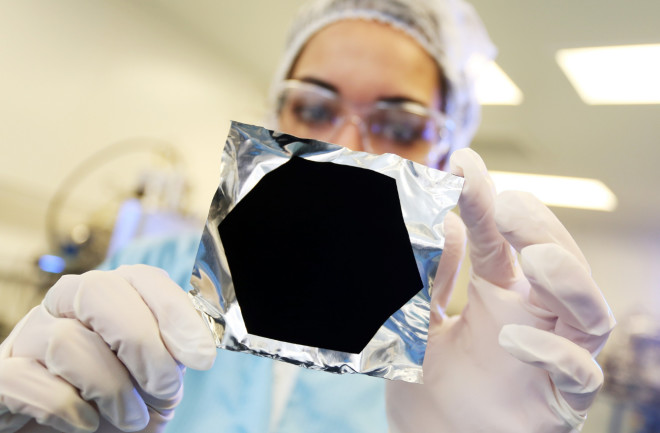There’s black, and then there’s ultra-black: a blacker-than-black color that absorbs up to 99.9 percent of light. Some snake and deep-sea fish species evolved these ultra-black scales to camouflage their movement in dark environments, while peacock spiders and certain birds-of-paradise display the color in combination with more vibrant hues for eye-catching courtship rituals.
Dakota McCoy, a postdoctoral researcher in biophotonics at Stanford University, says that these biological adaptations — like how some birds-of-paradise use their light-absorbing feathers to convert particles called photons into thermal energy — can serve as inspiration for new technologies. “Engineers are very smart and they've made great devices, but nature has some cool tricks,” McCoy says. “We can look to these birds and these spiders and try to get inspiration for resilient, weather-resistant materials that can absorb light really well. For example, the [peacock] spider is being researched for fabricating new solar panel coatings.”
Indeed, scientists have been on the hunt for their own, improved, version of an ultra-black material for over a decade — but not for courtship rituals. Materials capable of absorbing upwards of 99.9 percent of light could increase the absorption of heat in solar power technology, or find use in military applications such as thermal camouflage. They’ve also been used in space, preventing stray light from entering telescopes and improving infrared sensors focused on Earth’s radiation budget. But just how black can these materials get?







